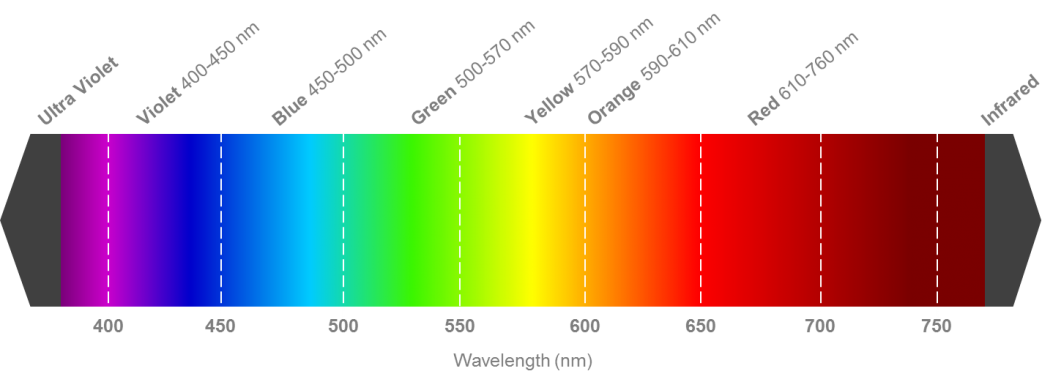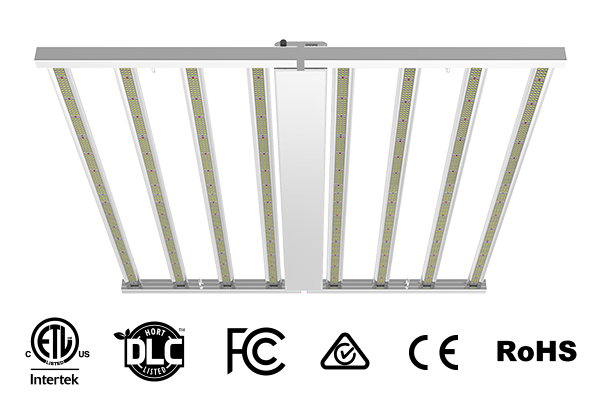
LED Vs HPS Grow Lights debate - Growing Marijuana
litescience 2021-10-01
For many years, there has been a fierce debate between LED plant growth lights and HPS plant growth lights. However, with the new advancement in plant growth light technology, LED plant growth lights are becoming more and more powerful. They are more efficient than standard HPS or MH growth lights. Believe it or not, their yields are higher than ever.
What is HPS plant growth light?

High-pressure sodium (HPS) lamps contain additional elements, such as mercury, which produce a deep pink glow on the first exposure. As it increases, this pink-orange light will warm to an orange light. HPS lamps are favored by indoor gardeners due to the wide color temperature spectrum they produce and are used for traditional planting. Not only that, for decades, it has been the standard growing light because of their ability to effectively grow flowers and flowering plants, and it has been impressive for many years.
Why use LED plant growth lights?
In recent years, LED Grow lights have taken a place in the field of cannabis lighting. At first, LEDs seemed unable to accurately locate and execute the necessary part of the spectrum. Not only did they perform poorly, but they also paid higher upfront costs. At the same time, as an industry standard, the HPS system seems to be more reliable and has been tested in the agricultural industry for many years. However, with the passage of time and the further improvement of technology, the performance of LED has caught up with and surpassed HPS/MH and similar products.
1. Efficiency

In order for your plants to grow optimally, the light needs to produce a specific wavelength of light.
HPS and MH growing bulbs provide extremely dense coverage in a broad spectrum. But a lot of energy is wasted, generating unwanted visible light (usually in the yellow or orange spectrum) and heat.
2. Wavelength

Color (PAR of plants): For the effective growth of plants, it is necessary to provide cool and warm varieties of lights. Using cold light (white or blue spectrum), you can get slender plants
, While warm light (orange and red spectrum) will produce shorter plants. With LEDs, you can get coolness and warmth in a single bulb, thus providing the perfect light balance for your plants.
3. Cost

LED lights were originally expensive versions of grow lights. However, they paid for themselves after two harvests. Think about it carefully, HID plant growth lights require a lot of environmental management. You have to worry about the heat from the growing lights, the drastic changes in humidity and temperature when the lights are turned on and off, and the strongLarge ventilation equipment to move heat out of the room. This will also cause a lot of noise, and HID grow lights naturally need additional things, such as ballasts and reflectors to work properly. For your plants,
lower heat and fatigue means less stress on your plants. Under high temperature and pressure, they require less watering and feeding. Update: Recent studies have shown that slight stress can allow plants to absorb more nutrients and water, which is a good thing.
Both options have their advantages. Pros and cons. However, unless you are growing in cold temperatures, it is best to use LED lights. There are more advantages. LED lights can provide long-term savings and energy efficiency, and do not require additional equipment. Although the upfront cost of LED lights is often higher than that of HPS lights, you may be shocked by the affordable and high-quality options. The market has expanded enough to allow you to find multiple options. For long-term savings, investing in high-quality LED lighting systems is the only way out. Whether you need LED lights for large-scale cultivation or small-scale operations, Lite Science can meet your requirements.

(LED-GROWN) (HPS-GROWN)
We also have an in-depth article on grow light spectrum, which details how does each spectrum affect plant growth, please click to read it.
